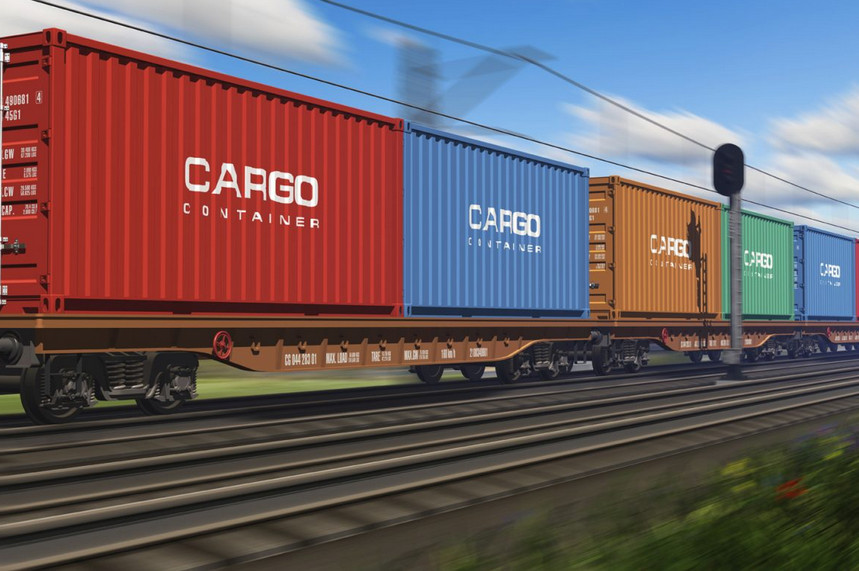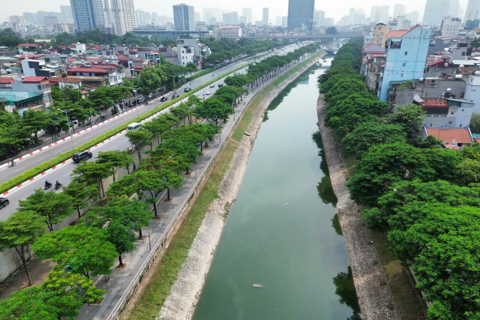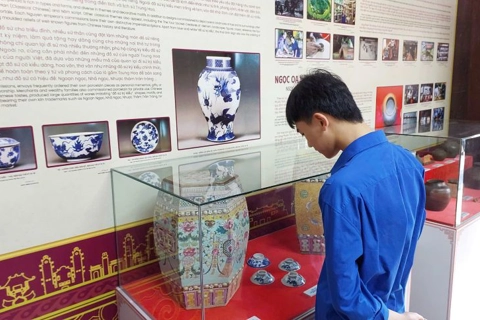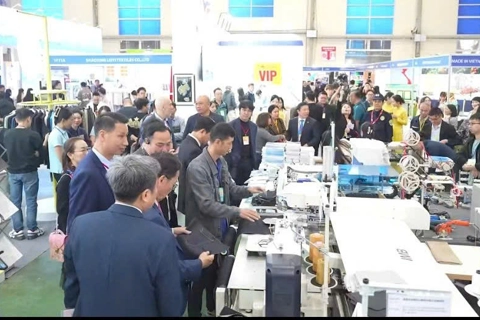Hanoi – a goldmine for logistics services: Expert
The location of Hanoi has long been considered strategic as it stands at the heart of the northeast region and serves as the country’s gateway to countries around the world.
Given the position as Vietnam’s socio-economic hub and driving force of the northern region, Hanoi has the required conditions to establish a comprehensive network of logistics services, said an expert.
| Illustrative photo. |
The location of Hanoi has long been seen as strategic as it stands at the heart of the northeast region and serves as the country’s gateway to countries around the world.
At present, the capital city has nine operational industrial parks attracting over 600 projects, while the annual average revenue from industrial production is estimated at over US$6 billion.
Besides, Hanoi is in the course of developing other 89 industrial clusters across the city, of which the majority are at districts of Thach That, Quoc Oai, Chuong My, Thuong Tin, Phuc Tho, Dan Phuong and Hoai Duc.
Industrial parks are homes to potential customers for logistics services, at the same time creating large scale flows of goods for exports.
In addition to industrial sectors, Hanoi also focuses on the development of agriculture, trade and services, which all requires logistics services to gain a foothold in a highly competitive market.
Economist Nguyen Van Cong said along with the economic development, the gap among traditional competitive factors such as price or quality has been narrowed, while producers and traders are now competing for delivery speed and streamlining costs in their distribution networks.
As a result, logistics has now played a key role in processes of production and distribution, Cong said.
In a new master planning, Hanoi is tasked with focusing on the development of hi-tech fields, including IT, software, and automation, among others.
Cong said warehousing would become an advantage of Hanoi with a huge land reserve and good connectivity with industrial hubs of the northern region in Bac Ninh, Hai Phong or Vinh Phuc.
“Hanoi is capable of expanding a modern logistics network to support all economic activities in the city,” Cong added.
A logistics hub of northern region
In 2018, Hanoi People’s Committee approved the proposal of managing and developing logistics in Hanoi until 2025.
Under the proposal, Hanoi is set to have two major logistics centers by 2030. The first one, expected to cover an area of 50 hectares and located at the city’s northern gateway, would serve the purpose of transporting goods to other provinces/cities via road and air transportation.
In the southern gate way, there would be another logistics center with an area of 22 hectares to support the flows of goods to industrial parks in southern region of Hanoi.
Hanoi possesses road infrastructure with a combined length of 3,974 kilometers, 90 kilometers of railways with five main stations of Hang Co, Giap Bat, Van Dien, Gia Lam and Yen Vien, not to mention a dense network of waterways.
Meanwhile, the Noi Bai International Airport is in the process of expansion, which could be the foundation to support the development of logistics in Hanoi, said urban-transportation expert Dang Minh Tan.
However, Tan said the main issue is the lack of efficient connection between transportation modes in Hanoi, which remains fragmented.
Tan added the local government could help to solve this issue by offering attractive incentive policies for more investors in logistics.
Leaders of Hanoi have been encouraging world’s major logistics providers to set up branches in Hanoi in a move to turn the city into a major logistics hub of the northern region.
Experts also suggested Hanoi should take advantages of new technologies and IT in logistics management for greater economic efficiency, which is particularly important as Hanoi is integrating into global and regional supply chains.
By 2025, the country set the contribution rate target for logistics to be at 8-10% of GDP, services growth rate between 15-20%, while the rate for logistics outsourcing to be 50-60%, said the government’s decision No.200 referring to an action plan to enhance the competitiveness and development of Vietnam's logistics sector through 2025.












